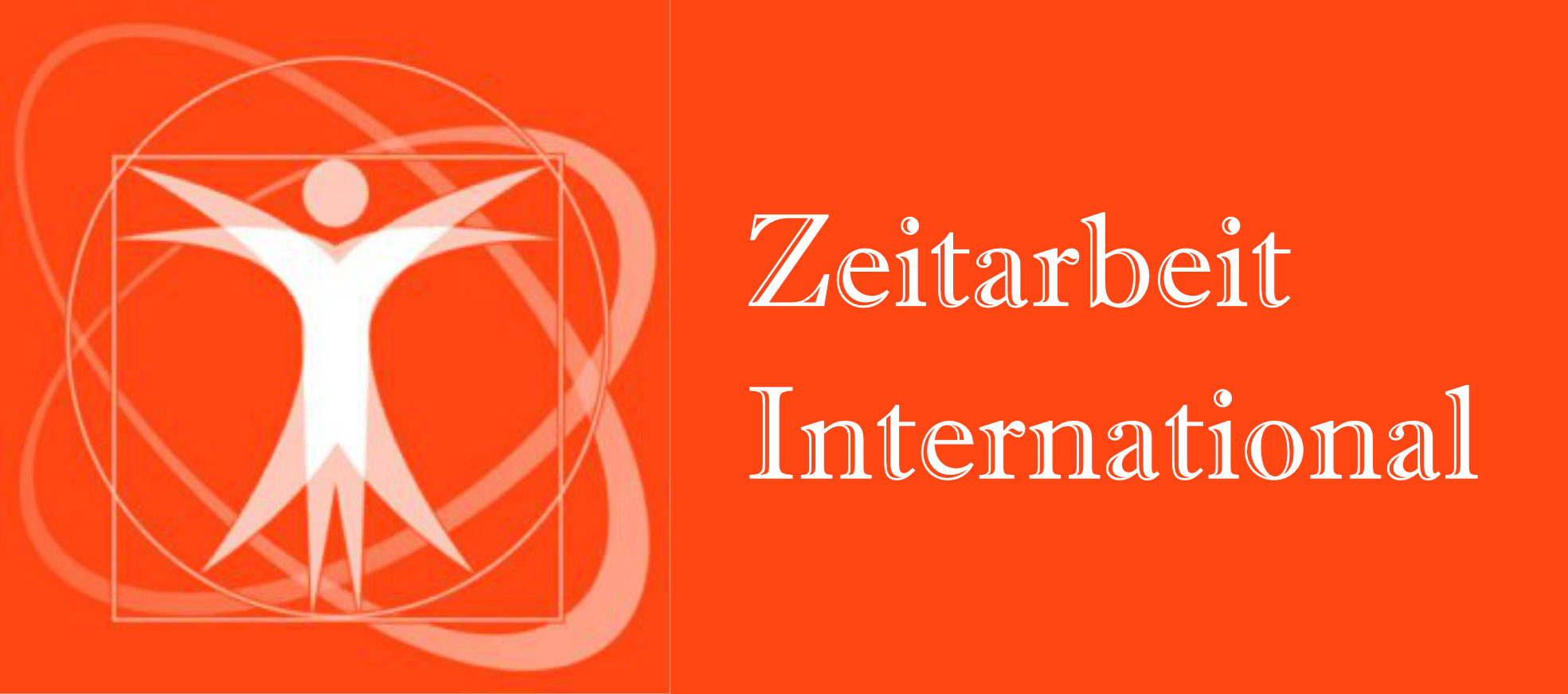Big data is changing the field of human resources and marks a decisive transformation for Recruitment agency.
By utilising big data, recruiters can make more informed decisions about hiring and managing talent. Technologies such as machine learning and data analysis enable recruiters to gain deeper insights into the suitability of applicants and optimise recruitment processes.
Understanding big data in recruitment by recruitment agencies
Big data in recruitment involves the utilisation of large and diverse data sets. This data is used to inform and improve decision-making processes throughout the entire recruitment lifecycle.
These data sets include a variety of sources, including but not limited to summaries. But also social media profiles, job applications and historical employee performance data. By using big data, recruiters can gain a comprehensive insight into candidate profiles, market trends and organisational requirements.
Key technologies
Advanced technologies and analysis tools are crucial for the effective implementation of big data in recruiting. Machine learning algorithms play a key role in processing and analysing large amounts of data. They enable recruiters to recognise patterns, correlations and trends that cannot be identified using conventional methods.
Predictive analytics algorithms enable recruiters to predict future hiring needs, identify high-potential candidates and optimise recruitment strategies.
Natural language processing (NLP) techniques facilitate the extraction of valuable information from unstructured data sources such as CVs and job descriptions and streamline the candidate selection process.
Current trends
In the dynamic landscape of recruitment, several notable trends emphasise the growing importance of big data.
The use of artificial intelligence (AI) and machine learning algorithms to screen and evaluate candidates has become increasingly widespread. This allows recruiters to streamline the initial stages of the recruitment process and identify the best talent more efficiently.
Real-time analysis functions enable recruiters to monitor and analyse personnel data in real time. This enables agile decision making and proactive talent management.
In addition, data-driven recruitment strategies based on comprehensive data analyses and insights are changing traditional recruitment practices. This promotes greater efficiency and effectiveness in sourcing, selecting and hiring candidates.
Conclusion
In summary, the integration of big data into recruitment represents a transformative opportunity for temporary employment agencies to optimise their processes. At the same time, it can increase its competitive advantage.
By using advanced analytics and machine learning algorithms, the temporary employment agency can search for candidates in a targeted manner. And, of course, to improve talent matching and foster stronger client-candidate relationships.
The use of big data is not just a trend, but a strategic necessity for temporary employment agencies in order to be successful in an increasingly competitive market.
